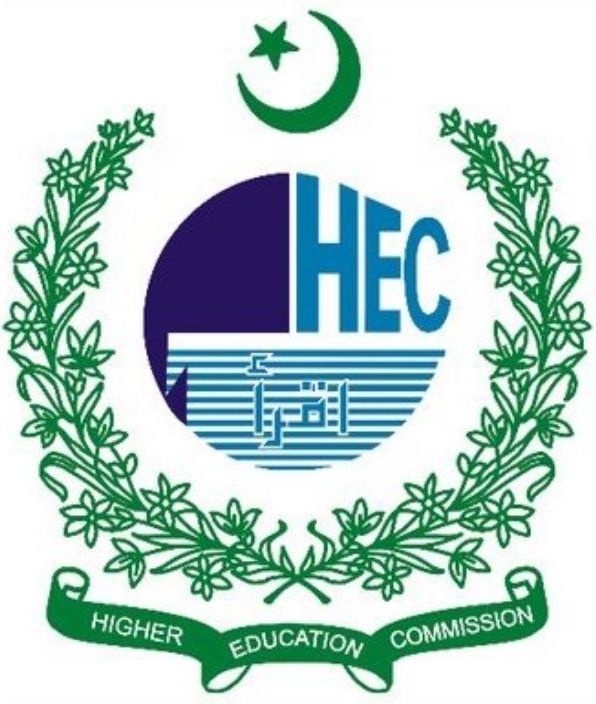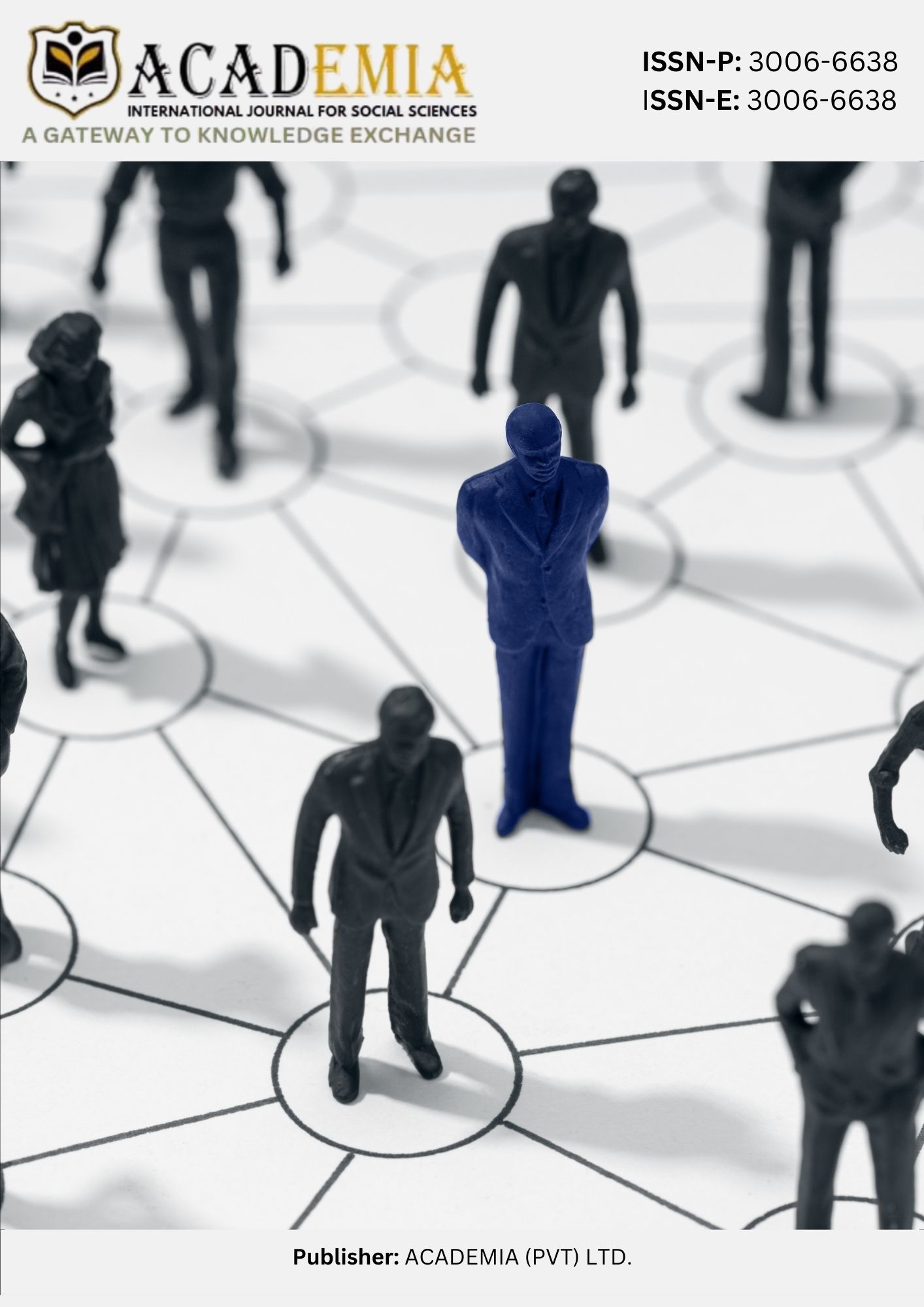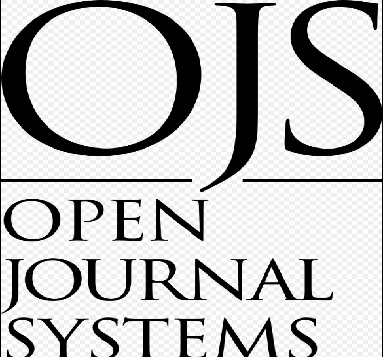Decentring the Akhara: A Post-Orientalist Reading of Marginal Characters in Between Clay and Dust
DOI:
https://doi.org/10.63056/ACAD.004.04.0986Keywords:
Between the Clay and Dust, Cultural Loss, Edward Said, Hybridity, Identity, Musharraf Ali Farooqi, Orientalism, Postcolonialism, Subcontinent, Tamami, TownspeopleAbstract
This study presents an analysis of Musharraf Ali Farooqi’s Between Clay and Dust - a post-orientalist novel, focusing on the marginal characters who carry the aftershocks of colonialism and the internalization of cultural inferiority during postcolonial time in South Asia. Shifting the spotlight from dominant characters like Ustad Ramzi and Gohar Jan, the research emphasizes Tamami and the townspeople, whose silences, failures and fragmented identities speak to the treacherous legacy of colonial discourse. Based on Edward Said’s Orientalism theory the research uses qualitative approach of analysis to explore how internalized colonial ideologies continue to impact native subjectivity and collective memory. By decentring institutional spaces like the Akhara and Kotha, the article uncovers how cultural decline is not merely structural but psychological, inscribed in the daily lives of those who have been deemed insignificant. The conclusions add to postcolonial literary analysis by illustrating the ways that power is exercised through absence and silence and by resisting the standard emphasis on heroic resistance in favour of analysing the quieter, but no less significant, modes of postcolonial trauma and complicity.
Downloads
Published
Issue
Section
License
Copyright (c) 2025 Takhlique Junejo, Muhammad Hassan Khoso, Wajid Hussain Khoso (Author)

This work is licensed under a Creative Commons Attribution 4.0 International License.












